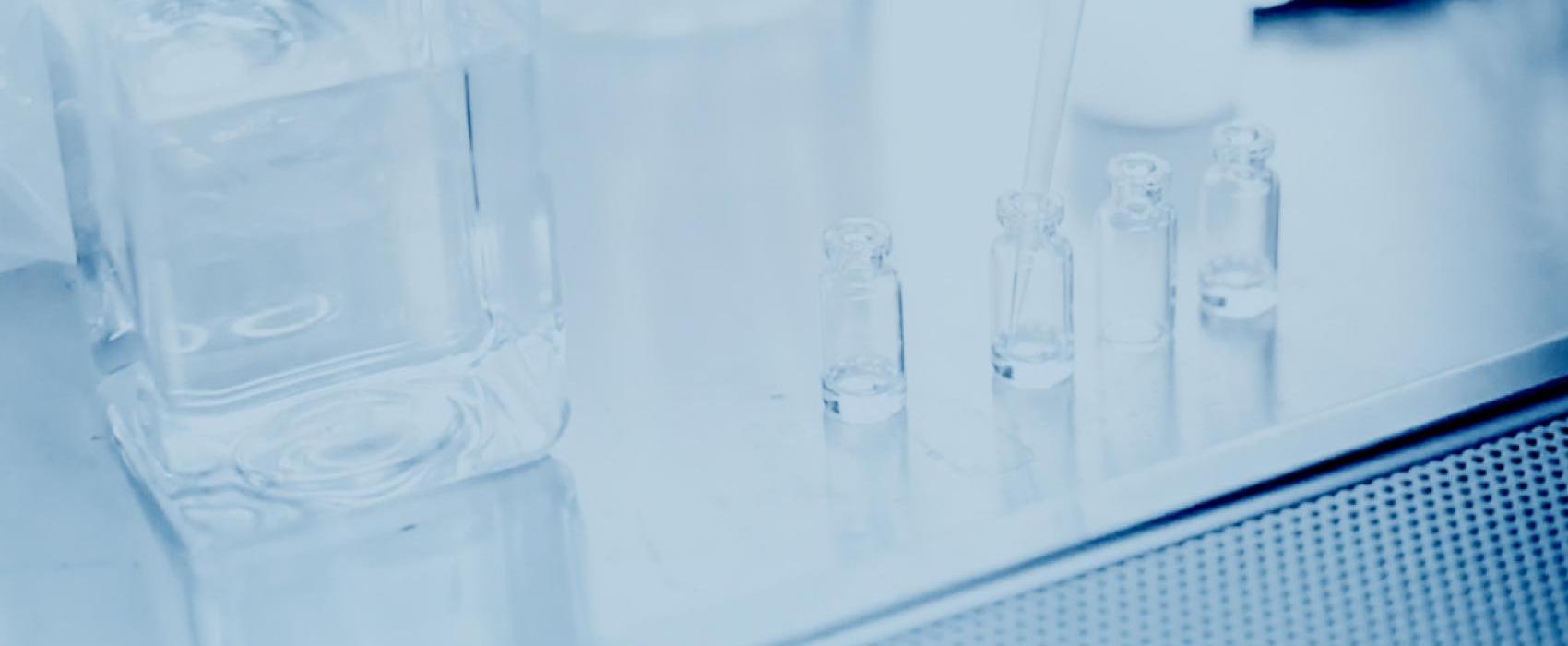Distinct biomarker signatures arising during acute HIV infection appear to be associated with the establishment and persistence of the viral reservoir, according to findings from a new study from MHRP published today in JCI Insight.
The viral reservoir poses a challenge in the quest to cure HIV infection since it contains cells in which HIV can lie dormant for many years, thereby avoiding elimination during antiretroviral therapy (ART). Estimating the size of the viral reservoir is critical for HIV cure strategies. Biomarkers in peripheral circulation may give insights into the establishment of the viral reservoir in parts of the body where it is difficult to measure.
In the recent study, researchers measured systemic levels of 84 soluble biomarkers belonging to a broad array of immune pathways in acute HIV infection in both ART-naive individuals as well as individuals who began ART upon early detection of HIV infection. These biomarkers were measured during acute and chronic infection and their relationship to viral reservoir establishment and persistence was assessed.
“Levels of several of these factors directly correlated with viral loads and occurrence of blood cells harboring HIV DNA during acute HIV infection, a maker of reservoir establishment,” said Dr. Shelly Krebs, Chief of MHRP’s B cell laboratory and co-author of the publication. “These markers offer potentially novel tools for gaining insight into relative reservoir size in acutely infected individuals and the potential of associated risks of treatment interruption.”
This study stems from MHRP’s acute infection cohort, RV254/SEARCH010, which is a collaboration with the Thai Red Cross AIDS Research Centre to identify acutely infected individuals and place them onto ART immediately. The cohort provides insight into crucial stages of early HIV infection in order to better understand how the immune system responds during the critical period of early infection
